The strategy you create when selling products to the consumer market isn’t a one-and-done effort. Through each phase of a business cycle, there will always be unforeseen reasons that demand a need to pivot in the marketplace. But before finding an alternative path or blazing a trail, brands must have a pivot strategy to ensure their direction change points them toward greater profitability.
This article aims to give CPG brands (or any company) an inside look at how we pivot companies as a part of their brand development strategy. Here’s what you can expect to learn from this article.
- A clear understanding of what a pivot strategy is.
- Why Pivot strategies are essential for CPG brands.
- The most common pivot strategies we see in the marketplace.
- How to identify the need for a brand or product pivot.
- Why pivot strategies fail and how to prevent this unnecessary event.
- How to develop a pivot strategy for any brand.
- CPG case studies, along with insights into their brand’s pivot
- How an agency like ours can help your brand pivot for maximum profits.
What is a Pivot Strategy?
A pivot strategy involves significant changes to a company’s products, marketing, or distribution strategies in response to changing market conditions, customer behavior, or lackluster performance. Specific actions in a brand pivot strategy may include changing a company’s brand image, product portfolio, or retail partners.
A pivot point is a specific time that triggers the need for a pivot strategy. The goal of a pivot strategy is to help a company adapt to new market conditions and stay competitive while remaining true to its core values and brand identity.
Importance of pivot strategies for CPG brands
McKinsey reports that 2021 was the year of the business pivot. 2022 may seem like a lull, but with so many brands struggling to go from red to black, 2023 will undoubtedly become the year of the profit pivot.
Recently we’ve seen CPG brands take action, adjusting their business plan for the following reasons:
- An unforeseen event such as the Covid-19 pandemic.
- Changes in the economic climate with realistic possibilities such as a recession.
- Slowly evolving trends, as we see with sustainable packaging.
At some point, every CPG brand strategy will require a pivot to adapt to changes in the market.
Impenetrable positioning is nearly impossible. Sooner than later, CPG brands must face the harsh realities of this industry, where they can choose to adapt, migrate, or die.
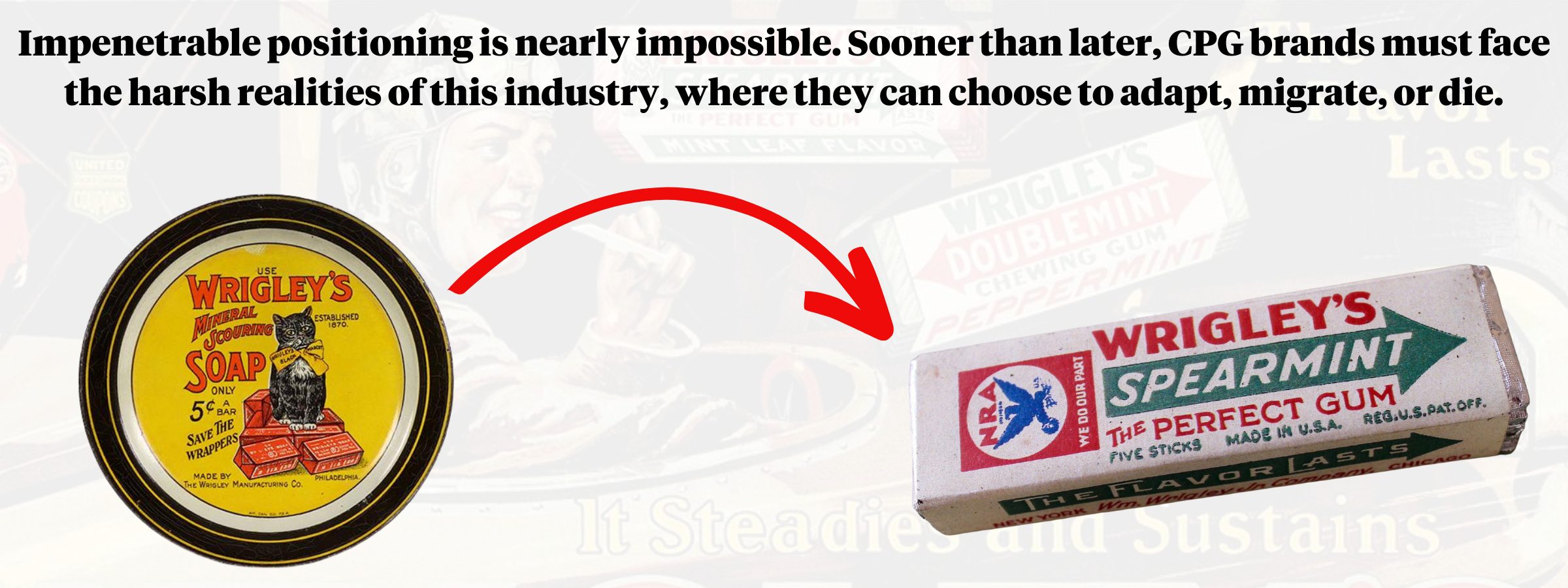
Diving Into The Market Head First
Some CPG brands have an aim, shoot, ready business model. Meaning they jump into a product category without a go-to-market strategy. As much as we would like to say that this isn’t common, it’s true for more brands than the public realizes.
In this situation, a pivot strategy is necessary when a new brand gains traction. Without a pre-determined action plan and capital to support the pivot, new brands must get scrappy and quickly understand what and how to change. Unfortunately, this doesn’t always work out in the brand’s favor.
Types of Pivot Strategies
Pivots come in many shapes and sizes. Sometimes it’s a small incremental change with significant impact potential. Other times, it’s an all-hands-on-deck effort to move the heavy boat in a new direction.
Here’s a look at the five most common pivots.
Product Pivot: A product pivot strategy involves changing a company’s product offerings. Pivoting a product may include altering a product’s ingredients, packaging, pricing, or introducing new product lines to meet consumer demand better.
Marketing Pivot: A marketing pivot strategy involves changing a company’s marketing approach. Pivoting a CPG marketing plan may include targeting a different audience, using other advertising channels, or changing the tone or messaging of marketing campaigns.
Distribution Pivot: A distribution pivot strategy involves changing how a company delivers its products to consumers. Pivoting a distribution mod could include expanding into new geographic markets, partnering with new retailers or online marketplaces, or using new distribution channels.
Brand Pivot: A branding pivot strategy involves moving away (or perhaps towards) a company’s brand identity. Pivoting a brand strategy may include rebranding the company or its products, changing its brand purpose, or targeting a different consumer demographic.
Pricing Pivot: A pricing pivot strategy involves changing the pricing of a company’s products to meet consumer demand better or a profit target. Pivoting your pricing may include lowering prices to attract more price-sensitive consumers or increasing costs to reflect the perceived value of a product.
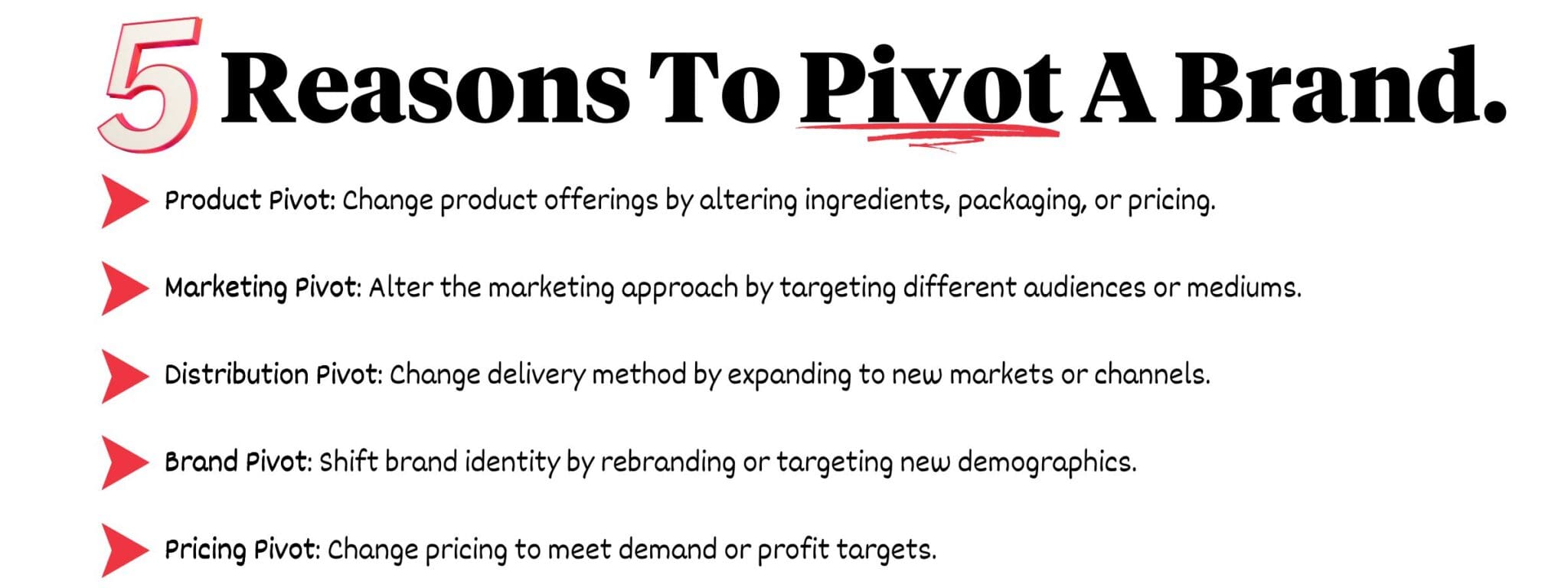
Identifying the Need for Pivot Strategies
To successfully pivot a CPG brand, it’s crucial first to identify the need for change. Here are three key factors to consider when determining whether a pivot strategy is necessary:
Analyzing Market Trends & Consumer Behavior
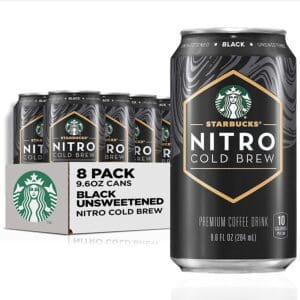
Don’t turn a blind eye to data that may disrupt your brand. Keeping a close eye on the latest market trends and consumer behavior is critical to identifying when a pivot strategy is necessary.
Changes in the market, such as shifts in consumer preferences or the emergence of new competitors, may require a brand to pivot to remain competitive.
Looking at the coffee category, many brands pivoted from hot to cold brew offerings. Brands that adapted quickly could capitalize on a new coffee category, making the competitive landscape less saturated.
Identifying Weakness In a Current Brand Strategy
Another critical factor to consider when evaluating the need for a pivot strategy is identifying weaknesses in the brand’s current strategy. Brand weaknesses include issues with consumer perception of a product, poor marketing performance, inconsistent supply chain, or an inadequate distribution strategy.
It begins by looking at what’s working and what isn’t. Not to eliminate what isn’t working but defining the why of each. Weakness in a brand strategy means looking at how to maximize strengths and bring up weak points. Here, a brand can determine when and where to pivot.
Evaluating Competitors’ Strategies
In strategic planning, evaluating competitors’ strategies in the market is mandatory and helps brands identify areas where they may fall behind similar category offerings. Competitors’ products may target your ideal consumer better, adapt to market trends, or match their brand with the correct retail partner.
Pivots do not always come through painful experiences. Often, they stem from an opportunity presented when evaluating competitors’ strategies. Our client Roam Free Ranch recently pivoted into Costco Wholesale after recognizing the gap in ready-to-eat bison-based meals.
Entering as a raw bison brand would have been white noise in Costco; instead, they are targeting the affluent customer aiming for nourishing convenience.
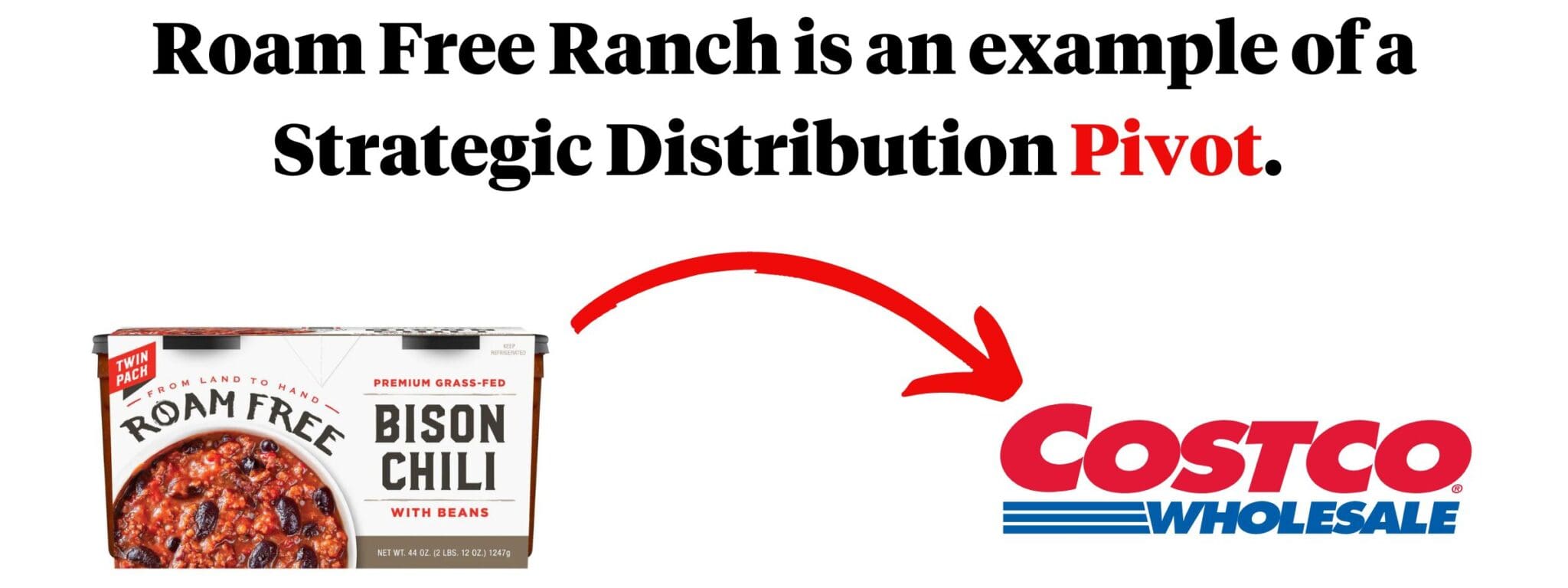
When Pivoting Goes Wrong
Pivoting means change, and consumers, purchasers, and the business owner may not always embrace the change that occurs when you pivot. One of the greatest challenges of pivoting is getting your team on board with your amended strategic plan. Team alliance is crucial to a brand pivot, whether through new mediums in your marketing efforts or by shifting your aim to a new target market.
Embrace the saying of two horses being able to pull three times the weight of a single horse.
From a consumer standpoint, customer backlash about change is a concern of equal weight. If the pivot is not communicated effectively or is perceived as a departure from the brand’s core values, damage to brand identity can be costly.
Even if the consumer is not “offended” or is unaware of the change, pivoting without the right strategy can cost your company significant brand recall.
And there are financial risks with every product or brand pivot. One of the challenges is not understanding how much capital is required to complete the pivot. Underestimating how the pivot impacts customer retention costs is critically important to the success of a company’s attempt to pivot.
The best way to understand these risks is to look at what happens when a pivot goes wrong.
Examples of Pivots Gone Wrong
We all want to learn from the winners, but sometimes, the best lessons are taken from those who’ve made painful mistakes. Here are two examples of brands that pivoted incorrectly.
An Image We May Never Forget

Kodak’s Digital Pivot Strategy In the late 1990s, Kodak attempted to pivot its business from traditional film to digital photography. Despite being an early innovator in the digital camera market, because it lacked the necessary digital strategy, Kodak failed to pivot its business profitably.
While there are always numerous reasons, primarily Kodak failed because of its inability to adapt to rapidly evolving market trends and the rise of smartphone photography. As a result, the company filed for bankruptcy in 2012.
Key takeaway: Even successful companies can struggle to pivot in the face of disruptive technologies. It’s important to stay agile and flexible to stay ahead of the competition.
Wow! That Did Not Work!
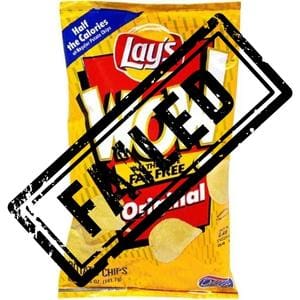
Frito-Lay’s Wow! Chips Pivot Strategy In the late 1990s, Frito-Lay attempted to pivot its business by introducing a line of potato chips called “Wow! Chips” that were marketed as healthier alternatives to traditional potato chips, using a fat substitute called Olestra.
However, the chips had the side effect of causing digestive issues in some consumers, leading to negative publicity and declining sales. Frito-Lay’s ultimately discontinued the product.
Two decades later, it’s common practice for calorie-restricted products to include ingredients that create digestive distress to encourage weight management. Wow! Chips may have been too early in this trend.
Key takeaway: Companies should thoroughly evaluate new products’ potential risks and side effects before introducing them to the market. A brand must be transparent with consumers about the experience they will have with their product alternatives.
How To Develop A Pivot Strategy
Here’s a look at the strategic pivot steps you must take. Use these steps when working through any of the previously mentioned pivot points.
Compile Historical Brand Data

Gather information about your brand value through your company’s successes, challenges, and current strategies to compile historical brand data. Analyze trends and patterns to identify areas for improvement and potential growth opportunities.
Review Marketplace Trends

Review marketplace trends to gather industry trends, consumer behavior, and competitor activity data. Use this information to identify gaps in the market and potential areas for differentiation.
Understand Vendor Needs and Opportunities

Engage with suppliers, distributors, and other stakeholders to understand their perspectives and identify potential opportunities for collaboration or improvement.
Develop A Strategy To Support The Pivot

Use the information gathered from historical brand data, marketplace trends, and vendor needs to develop a comprehensive plan that outlines specific goals, tactics, and timelines.
Test The Strategy Before Executing

Conduct market research studies and perform pilot tests to gauge customer interest and effectiveness before making significant investments or changes.
Continuously Monitor The Progress Of Your Pivot

Regularly review data, gather feedback from customers and stakeholders, and adjust your business strategy as needed to ensure that you meet your goals and stay ahead of the competition.
Examples of Brands With Successful Brand Pivots
Here, we have two different approaches to a brand pivot. In the first example, we look at a “house of brands” seeking a brand pivot through acquisition. The second example is another “house of brands” changing their existing offerings to meet consumer expectations.
Entering The World of Health & Wellness

PepsiCo’s Health and Wellness Pivot Strategy In 2010, PepsiCo launched a pivot strategy focused on health and wellness to offer consumers healthier beverage and snack options. The company acquired several brands, such as Naked Juice and Sabra Hummus. Also, it changed its existing products, such as reducing the sugar content in its flagship Pepsi soda. These brands were experiencing success on social media platforms such as Facebook & Instagram.
As a result, PepsiCo captured a growing market demand for healthier snack and beverage options and has seen sustained growth in its health and wellness portfolio. They also gained insights into how the social media channels where health was consistently a trending topic.
The decision to acquire wellness brands before making substantial changes to their existing products allows them to continue moving forward with their historical brand story while adapting to new market trends.
Key takeaway: PepsiCo could diversify its portfolio and capture a new market segment by recognizing changing consumer preferences and proactively pivoting its capital allocation to meet those demands.
Embracing Sustainability in Packaging
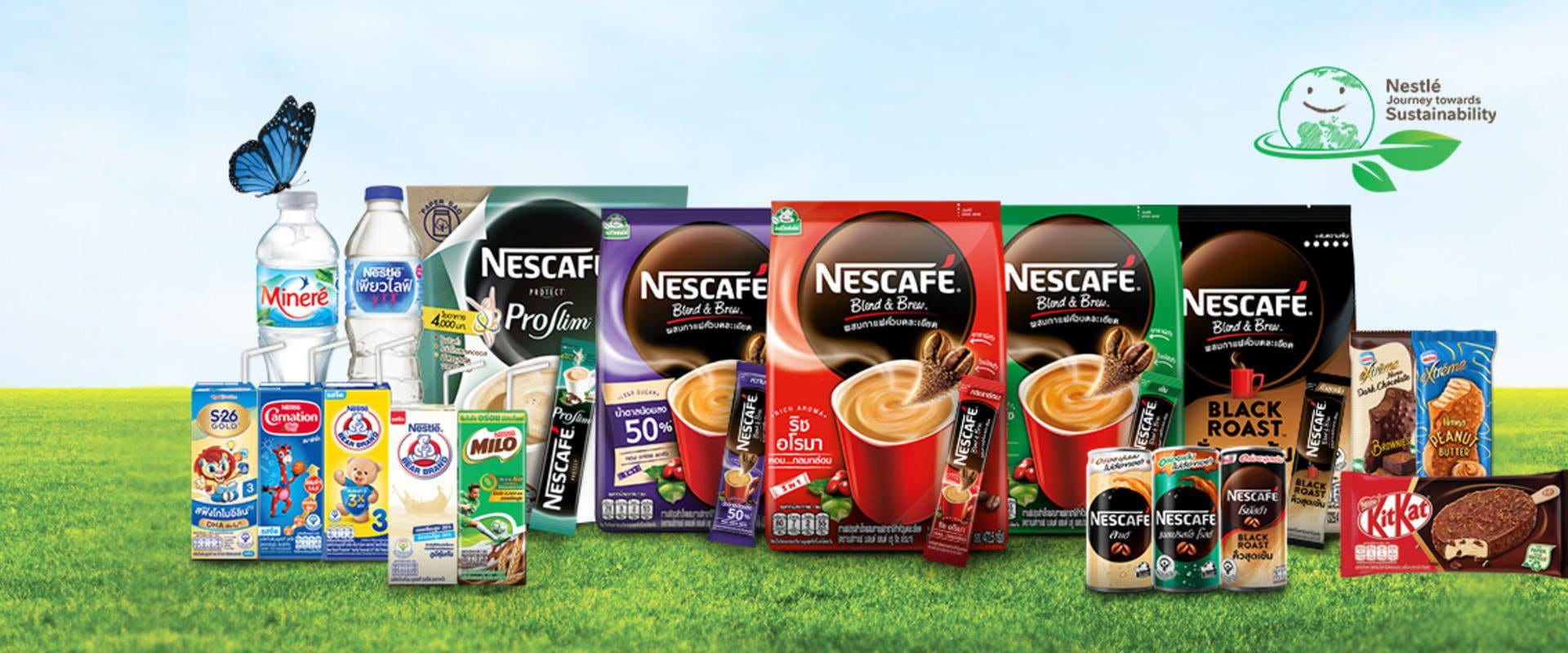
Nestle’s Sustainable Packaging Pivot Strategy In 2018, Nestle announced a pivot strategy focused on sustainable packaging to reduce its environmental impact and meet growing consumer demand for eco-friendly products. The company committed to making all of its packaging recyclable or reusable by 2025 and also launched several new products, such as Nespresso coffee pods made from recycled aluminum.
This pivot strategy has helped Nestle establish itself as a leader in sustainable packaging and enhanced its reputation with consumers.
Key takeaway: By prioritizing sustainability and proactively reducing its environmental impact, Nestle could meet the growing consumer demand for eco-friendly products and improve its brand image.
Learning From These Case Studies
These case studies show the importance of being proactive and responsive to changing market conditions and consumer preferences and their role in a successful pivot. CPG brands can successfully pivot their businesses when they have the right strategy and test it before execution.
Brand Strategy & Packaging Design
Want a best-selling brand? As the CPG industry’s leading brand strategy and packaging design agency, we will create a pivot strategy for your brand and a packaging presentation guaranteed to perform on-shelf.
Our data-driven process and decades of CPG experience create the perfect formula for determining how and where to position your brand in the marketplace. Schedule a time to discuss your project with our team.
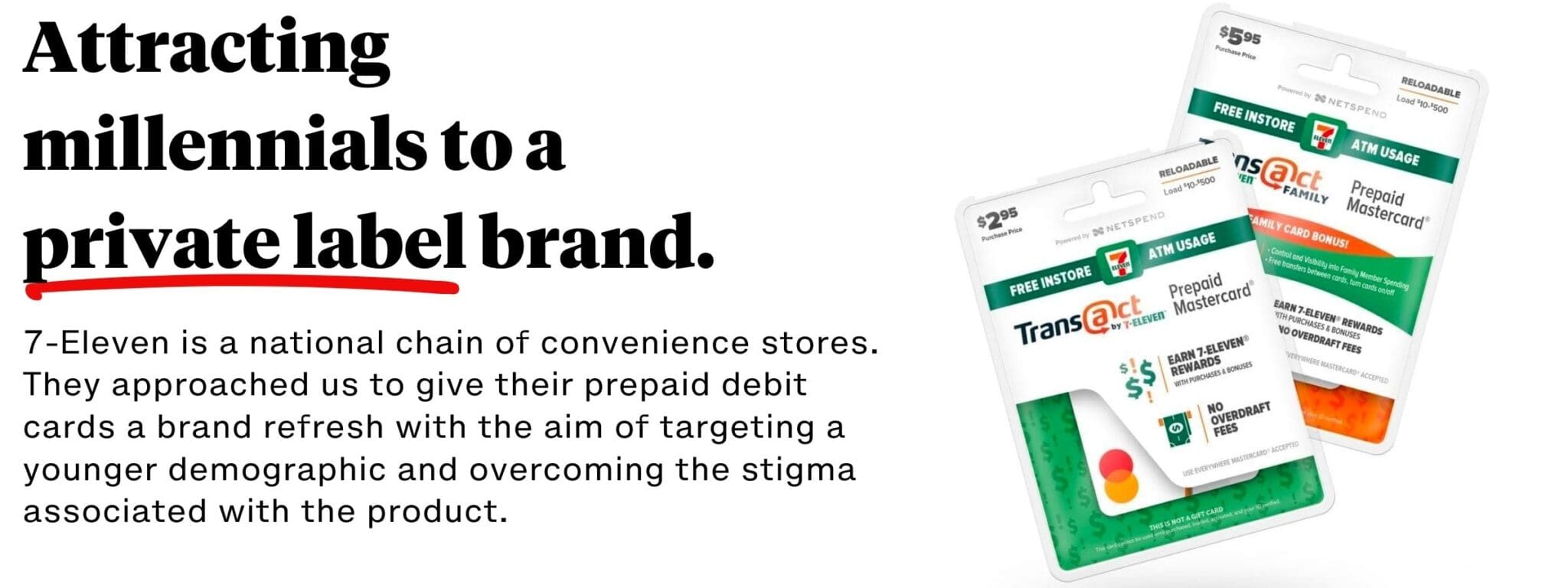
Subscribe to
Nice Package.
A monthly newsletter that unpacks a critical topic in the FMCG & CPG industry.
Free Resource.

CPG product repositioning guide.
Explore the five undeniable signs your CPG product needs repositioning along with strategies for leveraging consumer insights for a guaranteed market lift.
Learn More About CPG product repositioning guide.